The latest report from the Office of the Inspector General of the Intelligence Community casts a spotlight on the enduring challenges hindering the federal government’s efforts in sharing cybersecurity threat information.
According to Cyberscoop, released on Friday, the report assesses the progress and pitfalls in the information-sharing landscape, particularly through the lens of the Cybersecurity Information Sharing Act of 2015 framework.
Despite acknowledging improvements in sharing capabilities over the past two years, the report underscores a set of deep-rooted issues obstructing the swift exchange of vital data among federal entities, and notably with the private sector.
At the heart of the problem, the report identifies a reluctance within federal entities to disseminate information publicly, opting instead for restricted sharing within government confines or with specific sector-relevant stakeholders. The Department of Homeland Security officials highlighted this hesitancy to the Inspector General.
Moreover, the report sheds light on inter-agency tensions over the extent of information being shared, with the Department of Commerce voicing concerns about the Cybersecurity and Infrastructure Security Agency’s sharing practices.
The ripple effects of these barriers extend to the private sector. The Department of Justice officials voiced concerns from private companies wary of the legal and competitive implications of sharing threat information.
Fears of antitrust repercussions or adverse business consequences from collaborating with law enforcement are prevalent. Additionally, the report highlights the mixed public perception of federal cyber activities, particularly those undertaken by law enforcement agencies.
Another significant barrier is the challenge of declassifying information for wider dissemination. Departments across the board, including Commerce, Justice, and Defense, face hurdles in transferring crucial classified information to unclassified systems for broader use. The over-classification of information is a hindrance echoed by officials from multiple agencies, including the DOD, Treasury, and the Office of the Director of National Intelligence.
Resource limitations, notably in funding, technology, and automation, further exacerbate the situation. These constraints hinder the timely and efficient processing and distribution of information, crucial for effective cybersecurity measures.
In the face of these enduring challenges, the report by the Inspector General serves as a crucial narrative, spotlighting the multifaceted obstacles that continue to stymie the free flow of cybersecurity threat information, a vital component in the collective defense against cyber threats.



